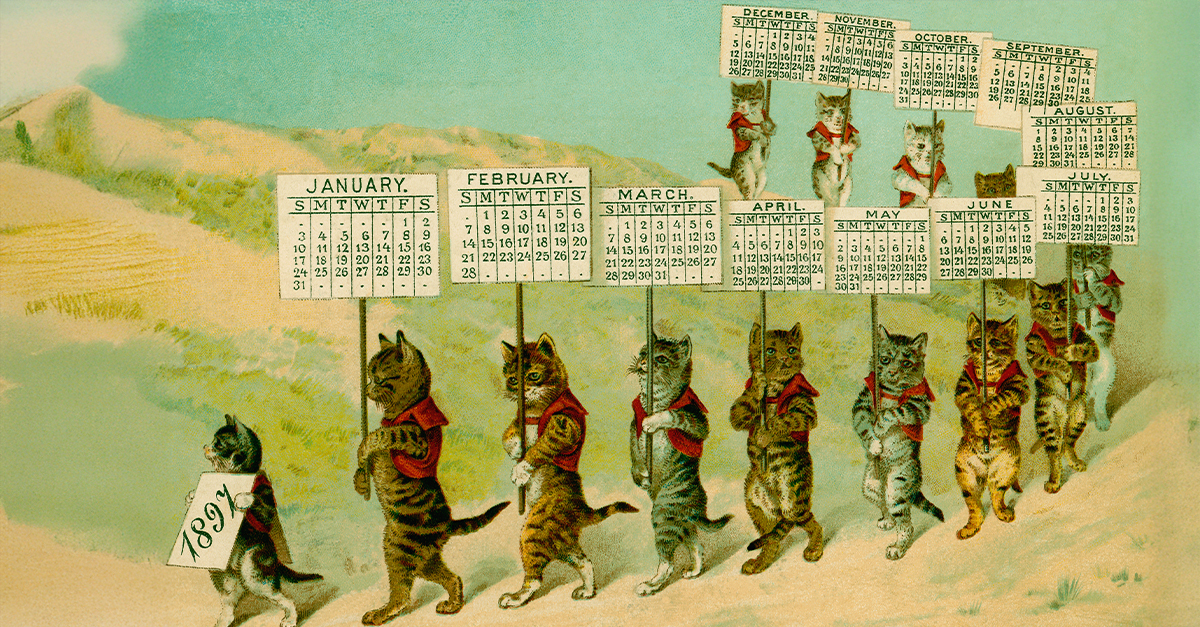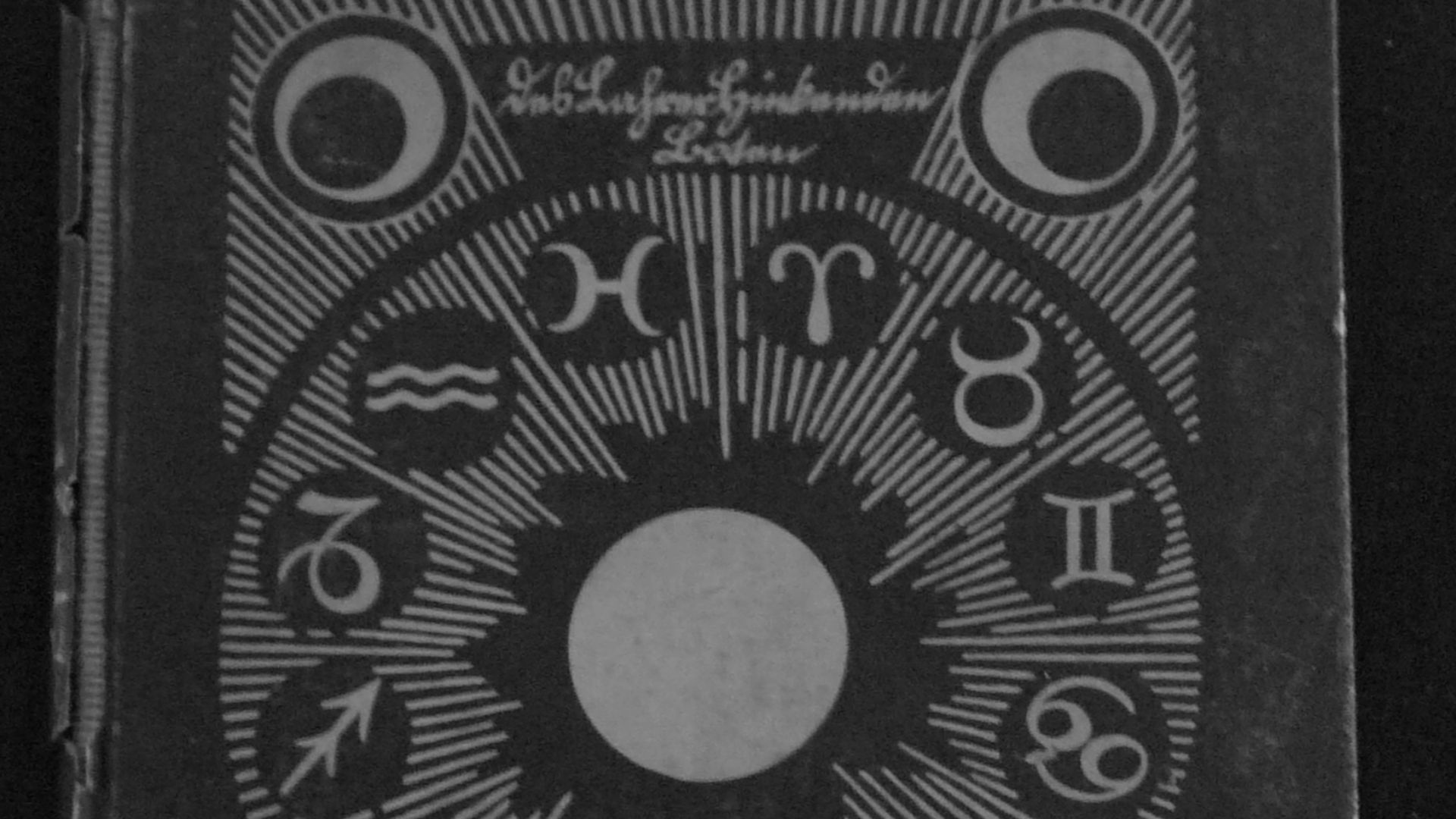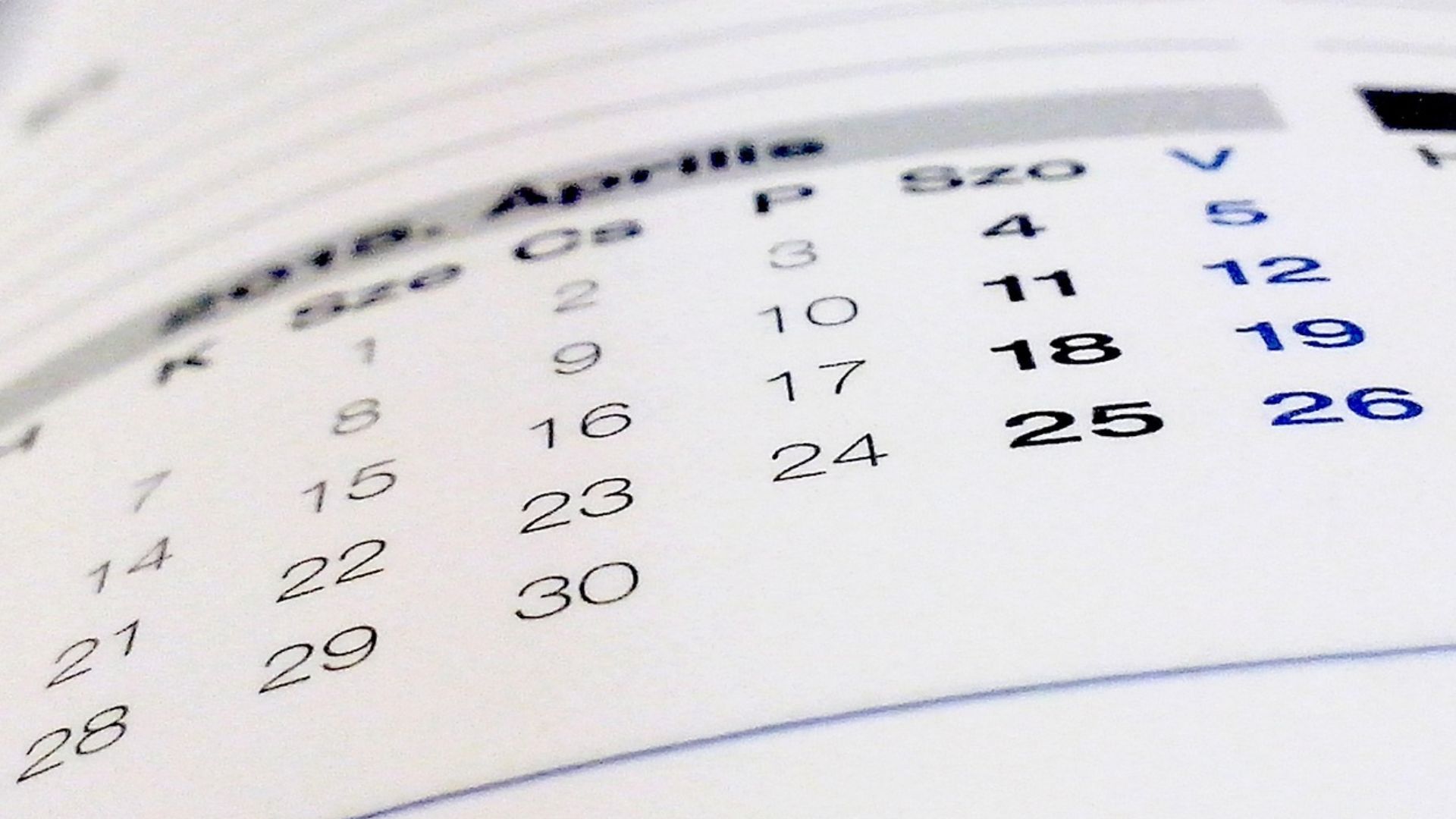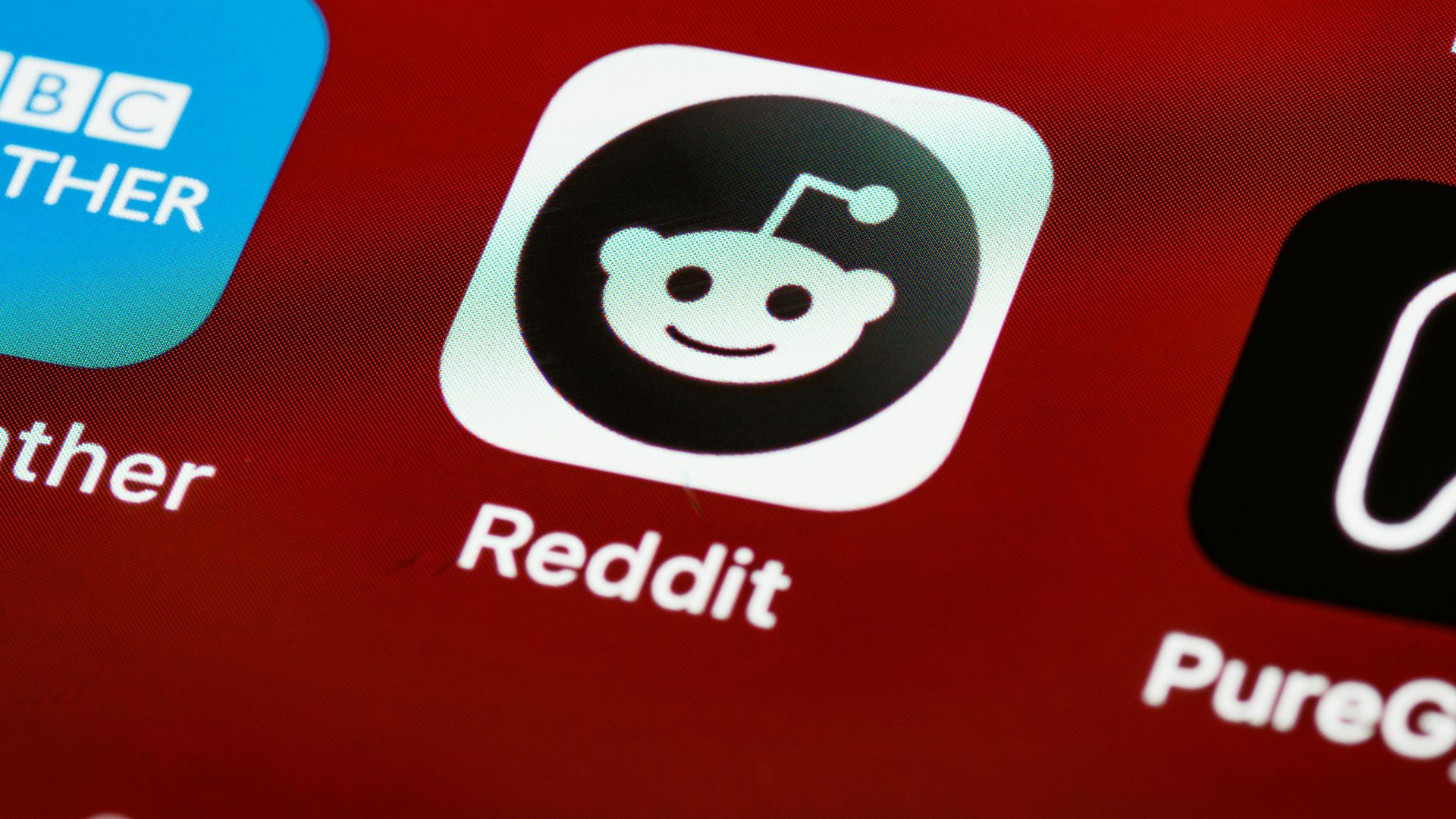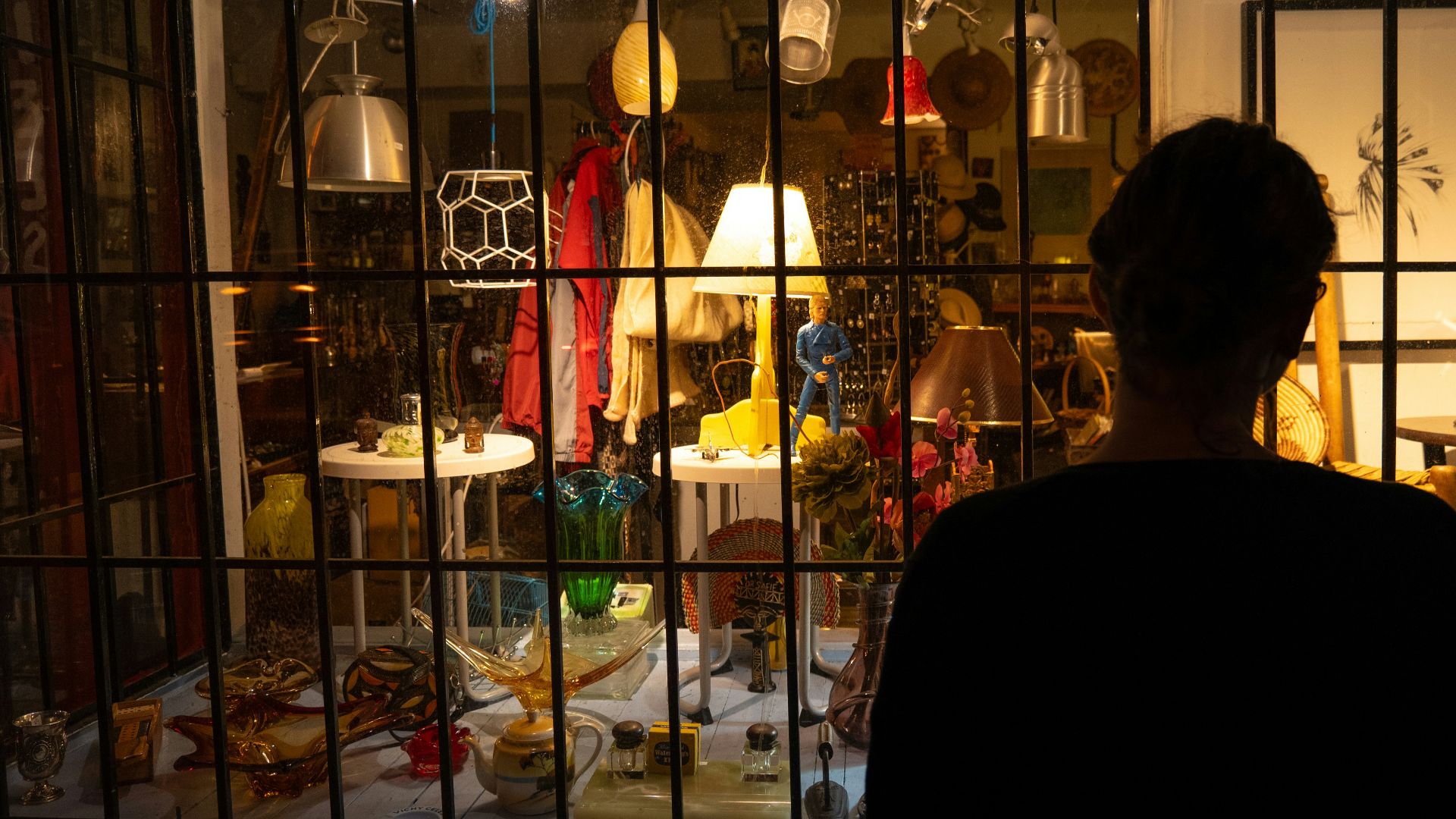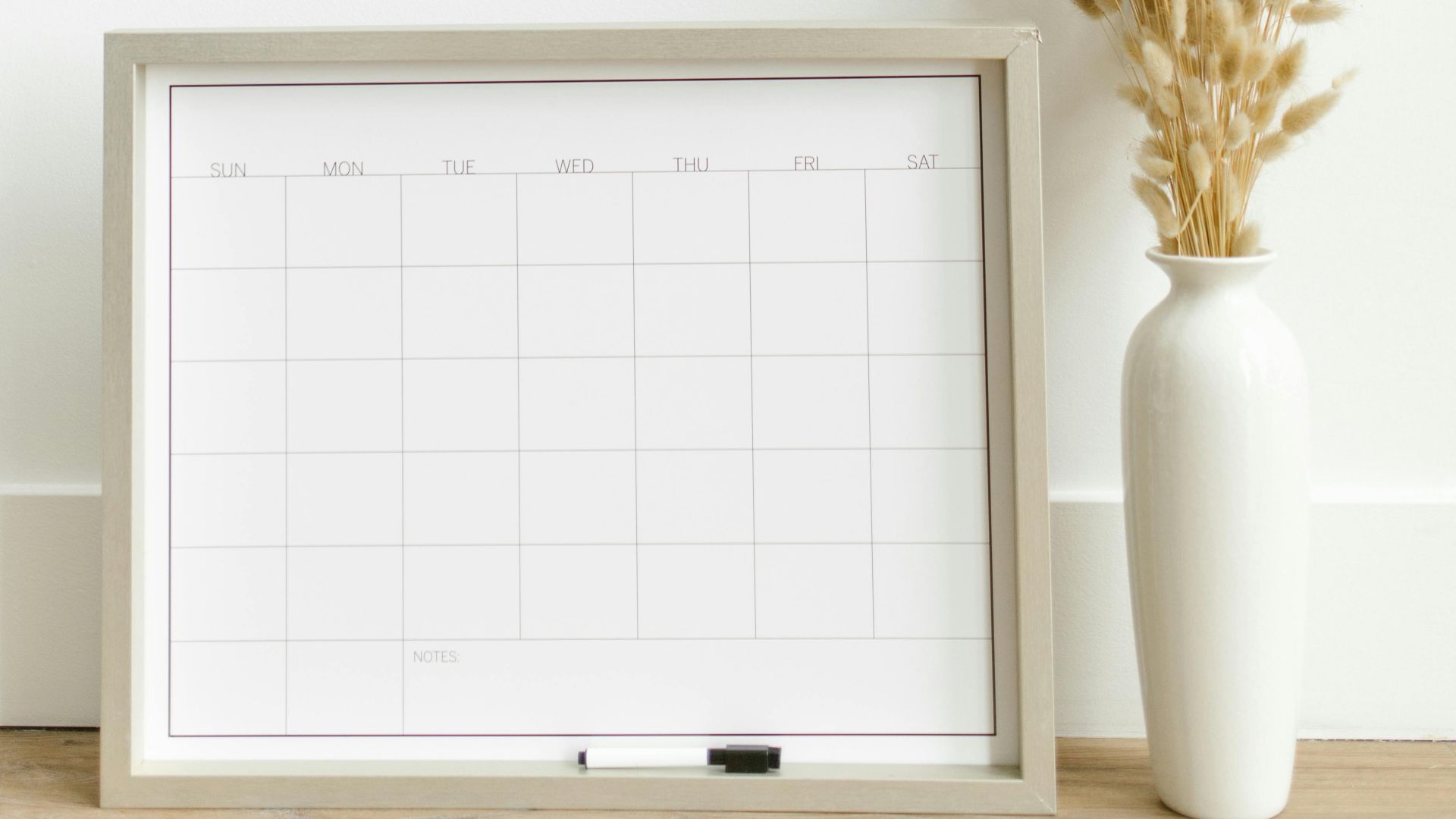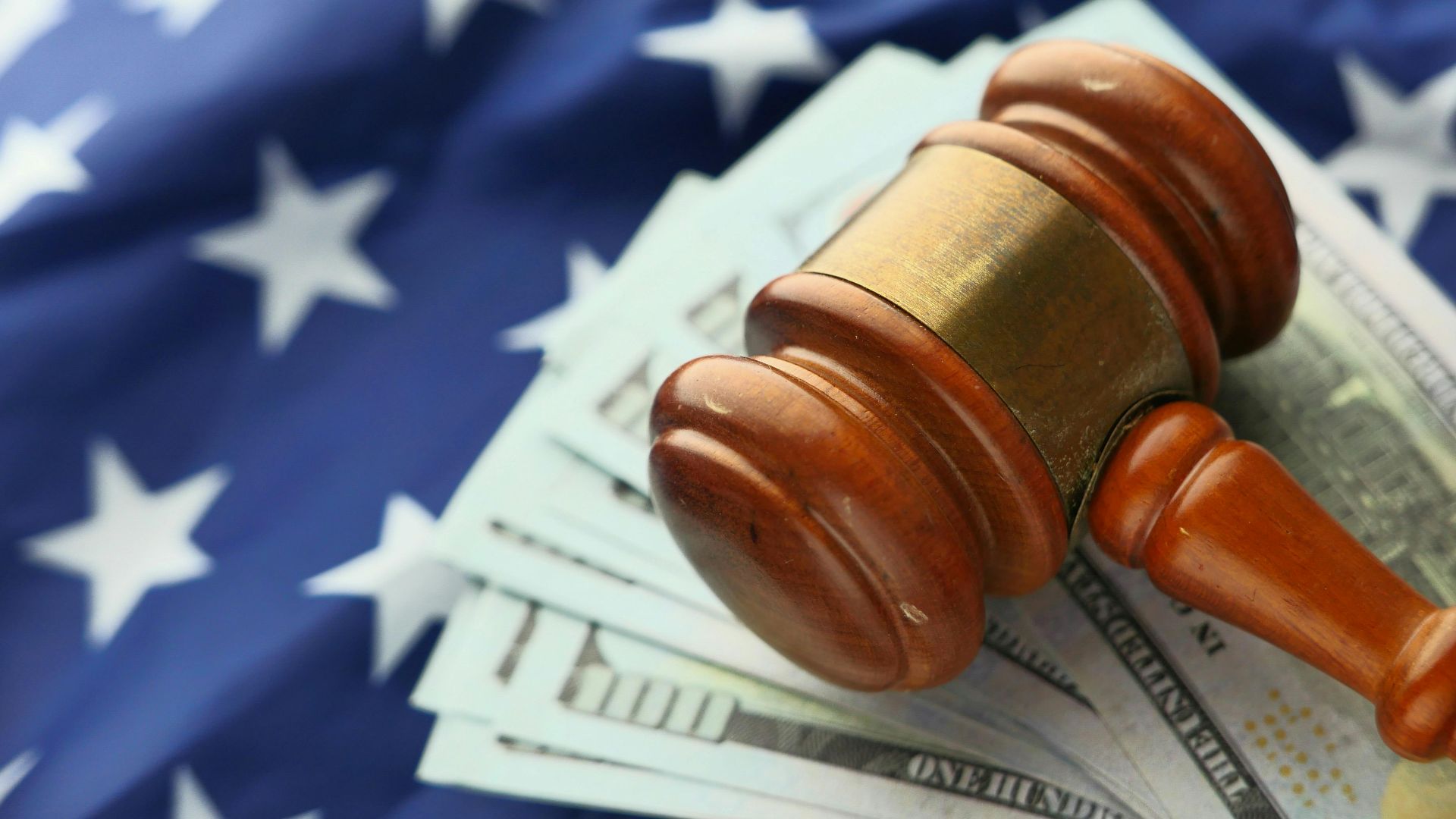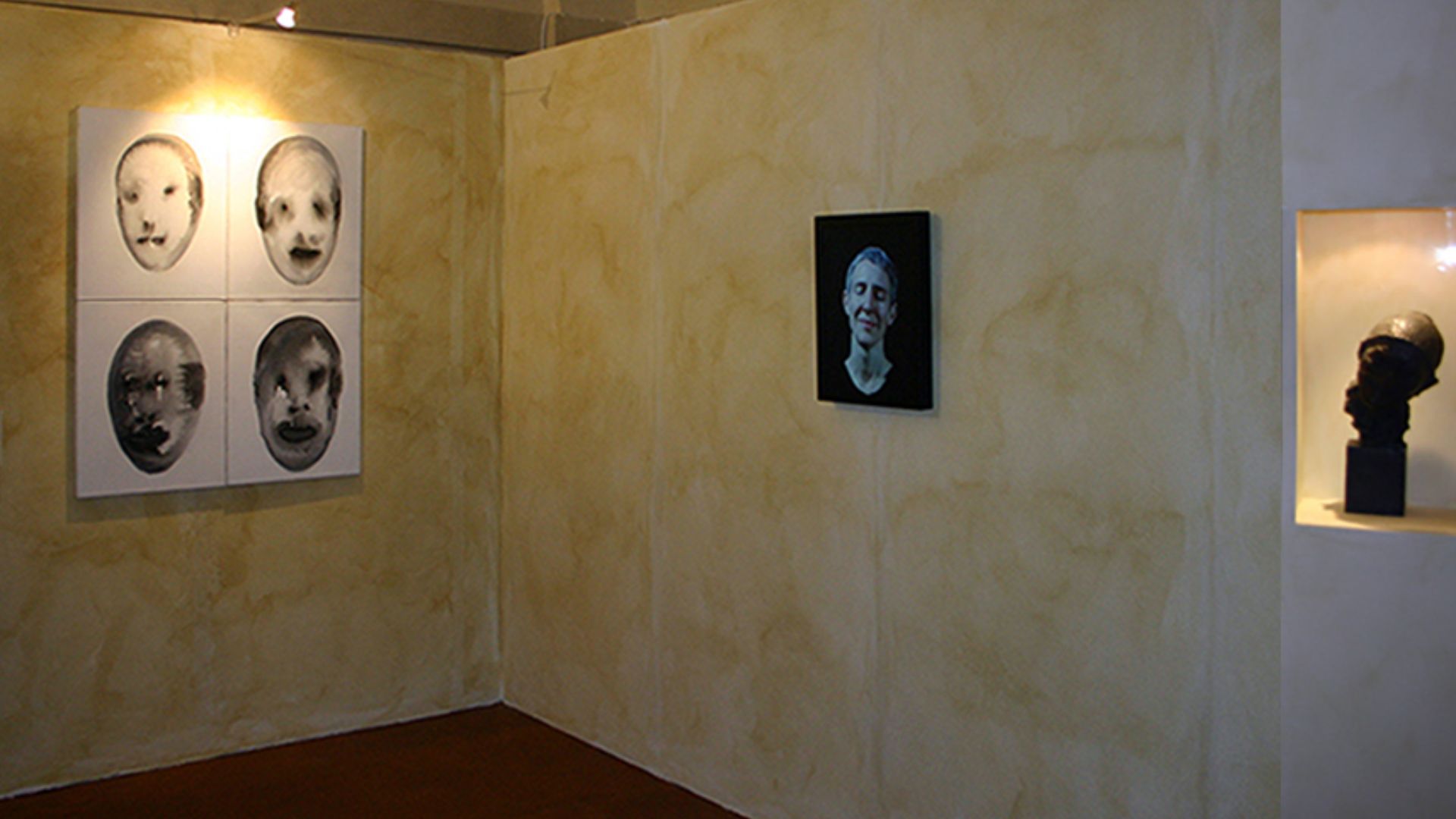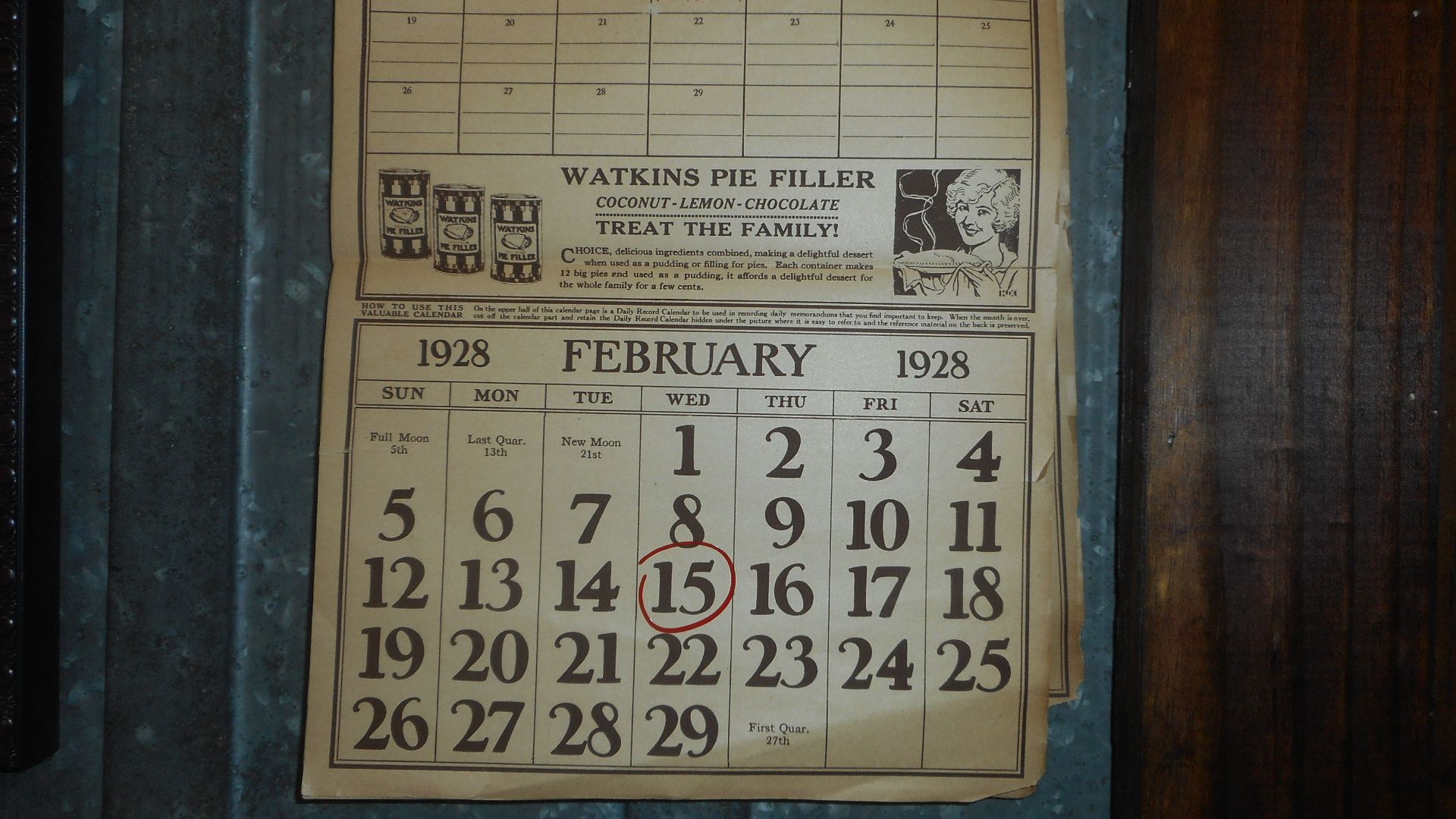Not A Throwaway Item
You may think old calendars are just temporary items to toss out when the year is done. But a niche collector market says otherwise. Some vintage and antique calendars trade hands for hundreds or even thousands of dollars. What separates the mundane from the remarkable? Let’s explore styles, eras, storage, and when you may have a great collector’s piece.
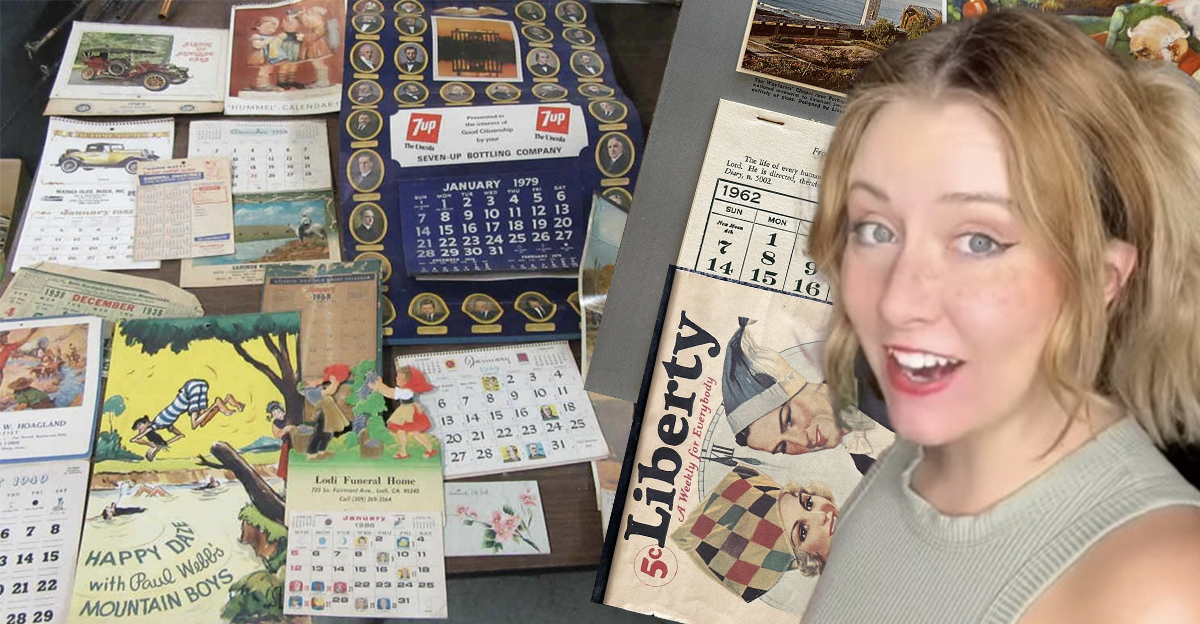
Early Advertising And Trade Calendars
In the late 19th and early 20th centuries, a lot of calendars were printed as advertising pieces for soda, tobacco, and hardware companies. Those that feature strong brand imagery (e.g. early Coca‑Cola calendars) are especially sought after. They draw more interest because of their historical branding and rarity.
 The history of Coca-Cola through the Calendars, Jimmy Coke
The history of Coca-Cola through the Calendars, Jimmy Coke
Artistic Illustration Calendars
Calendars carrying artwork by well‑known illustrators, such as R. Atkinson Fox, Maxfield Parrish, or William Haskell Coffin, can hold premium value. Collectors often pay more attention to subject, style, and signature status of the art than they do to the age of the calendar itself.
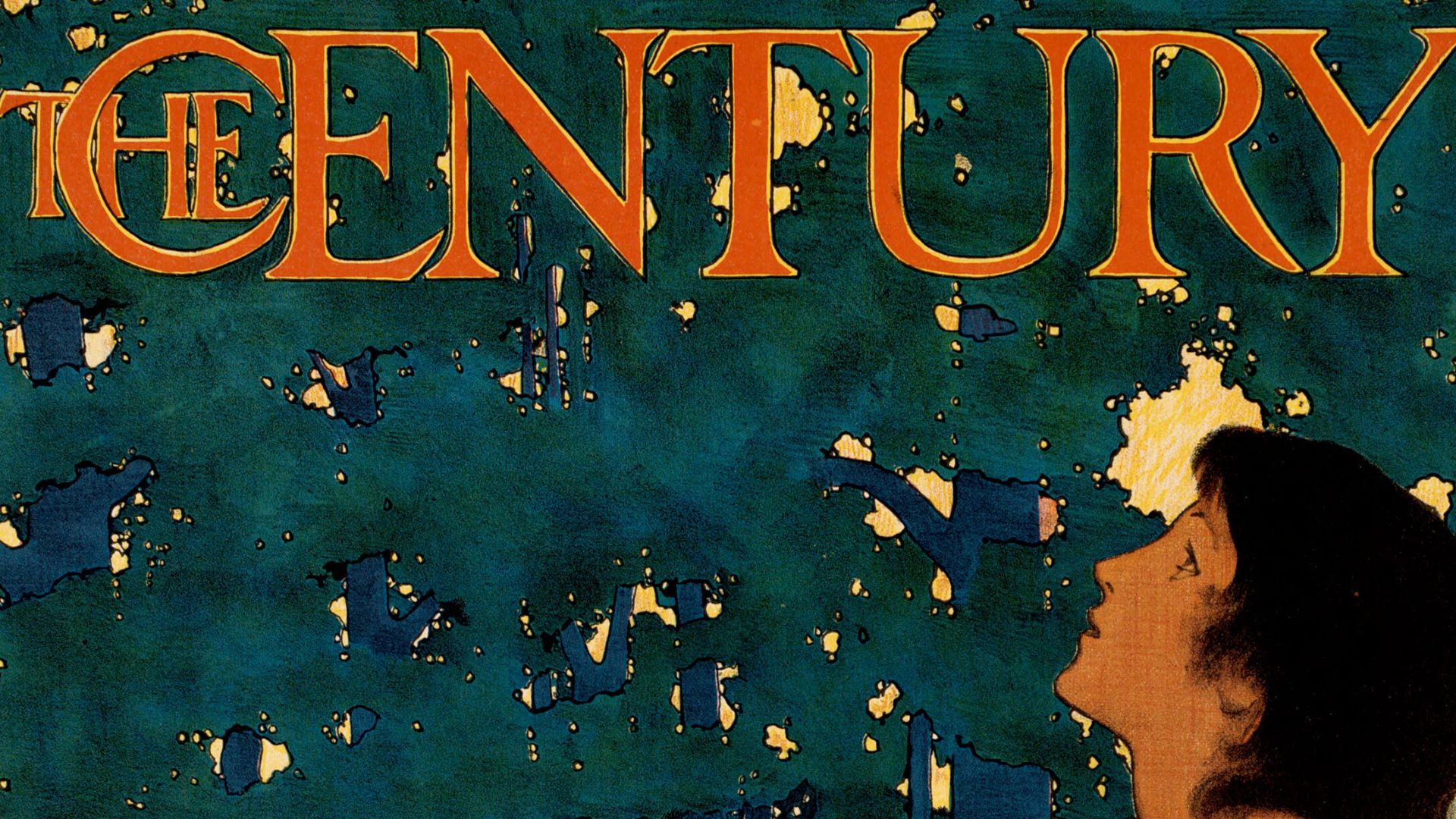 Parrish, Maxfield, 1870-1966, Wikimedia Commons
Parrish, Maxfield, 1870-1966, Wikimedia Commons
Die‑Cut And Shaped Calendars
Calendars cut into decorative shapes or embossed relief (flowers, scenes, silhouettes) command interest for their visual novelty. Because these kinds of shapes are more delicate, it’s harder to find surviving examples. This raises their collectible value.
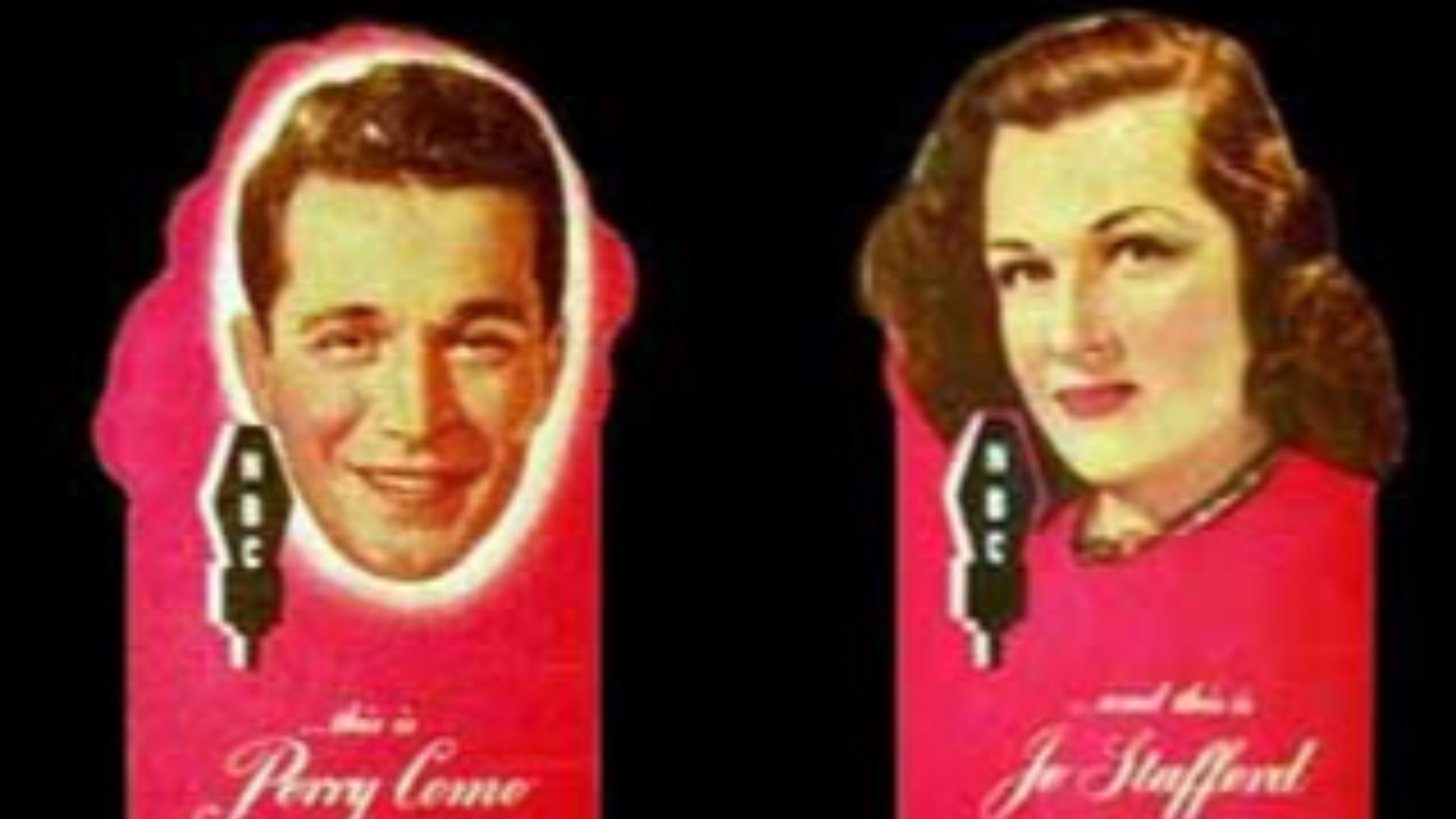 Chesterfield Cigarettes. Uploaded by We hope at en.wikipedia, Wikimedia Commons
Chesterfield Cigarettes. Uploaded by We hope at en.wikipedia, Wikimedia Commons
Perpetual And Mechanical Calendars
Mechanical or perpetual desk calendars (including those with rotating dials, flip mechanisms, etc.) add a functional dimension to the collectible. Collectors in the market for vintage calendars often prize those that still function or have intact moving parts.
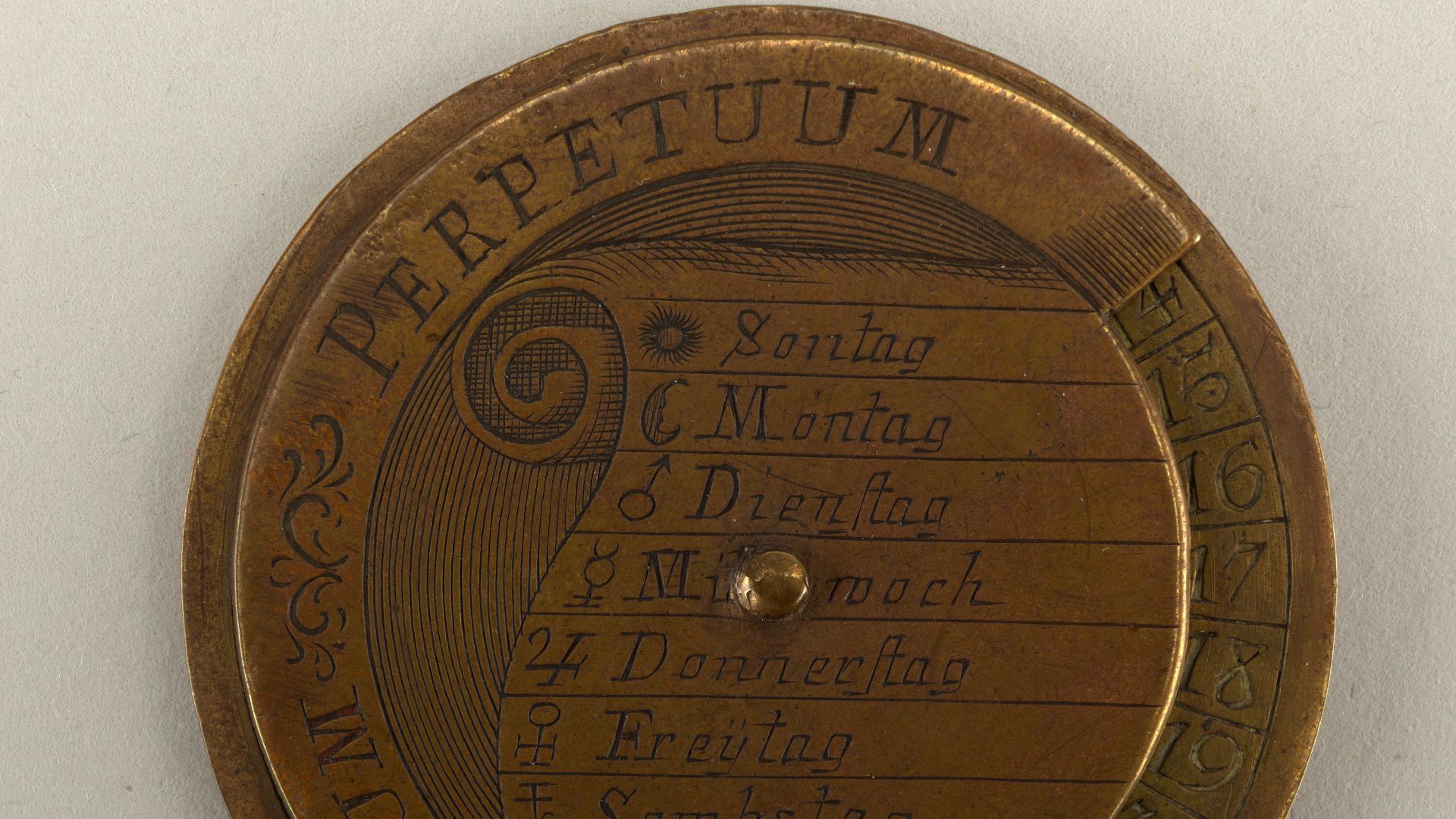 Unknown artist, Wikimedia Commons
Unknown artist, Wikimedia Commons
The Role Of Brand And Advertising
Calendars tied to iconic brands (Coca-Cola, early car makers, tobacco) tend to carry higher premiums. Brand recognition helps a buyer believe there is deeper demand and historical value.
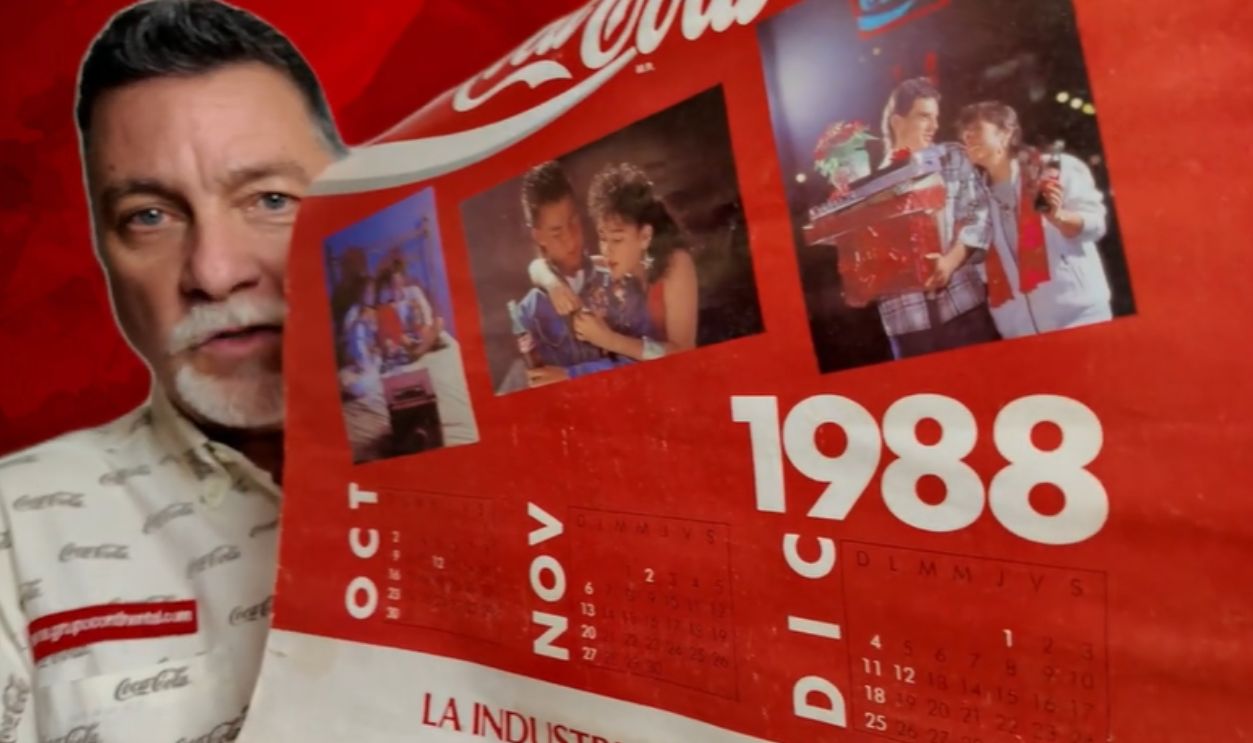 The history of Coca-Cola through the Calendars, Jimmy Coke
The history of Coca-Cola through the Calendars, Jimmy Coke
Condition, Completeness & Rarity
Even a rare calendar loses value fast if it’s missing months, stained, torn, or is repaired. Complete sets, minimal damage, original backs, and crisp colors are the enduring qualities that fetch the best prices.
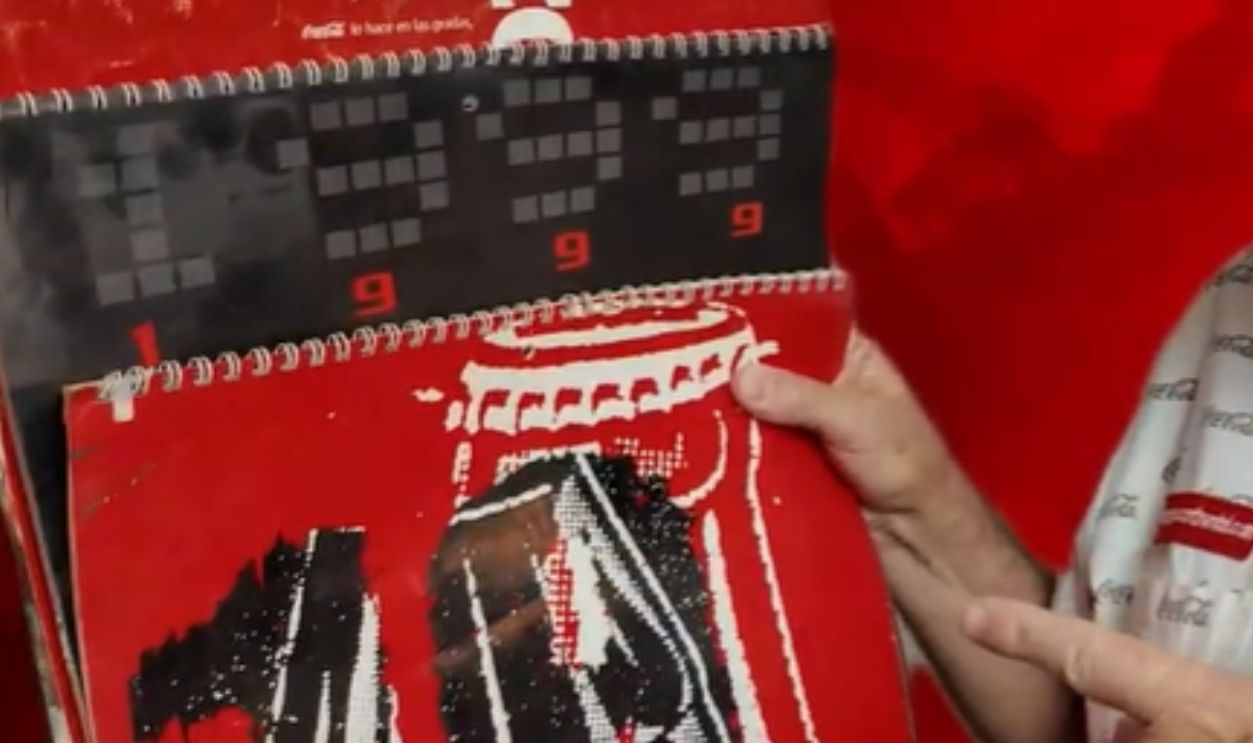 The history of Coca-Cola through the Calendars, Jimmy Coke
The history of Coca-Cola through the Calendars, Jimmy Coke
Size, Format, & Paper Quality
Large wall calendars and thick stock lithographs are a lot more visually striking, but these calendars are also more fragile to preserve. Smaller pocket, flip, or desk calendars have a propensity to survive longer in better condition and these sometimes attract collectors who lack display space.
Era Trends: Late 1800s To 1930s
Calendars from the 1880s through 1930s tend to be the most collectible, especially pre‑WWII advertising calendars. The 1920s and 1930s “Golden Age of Illustration” are still highly prized for their romantic, idealized artwork.
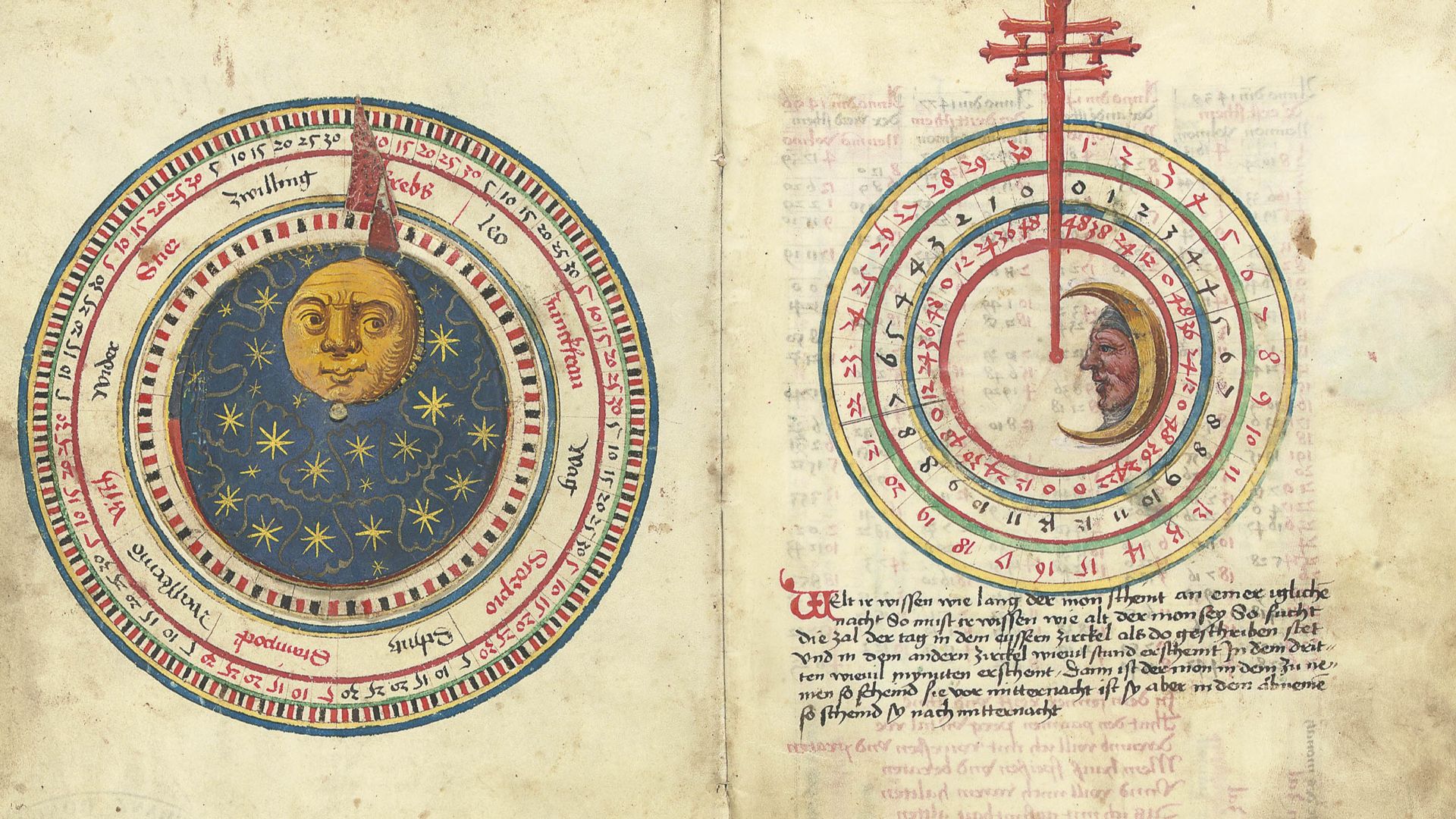 Johannes von Gmunden, Wikimedia Commons
Johannes von Gmunden, Wikimedia Commons
Mid‑Century To Post‑War Calendars
Sometimes mid‑20th Century (1940s, 1950s) calendars are collected, especially for their niche or regional appeal, but they tend to yield lower prices unless they’re clearly tied to a strong brand or artist. Novelty and pop imagery (pinup, advertising tie‑ins) can also make a difference beyond the mere age of the calendar.
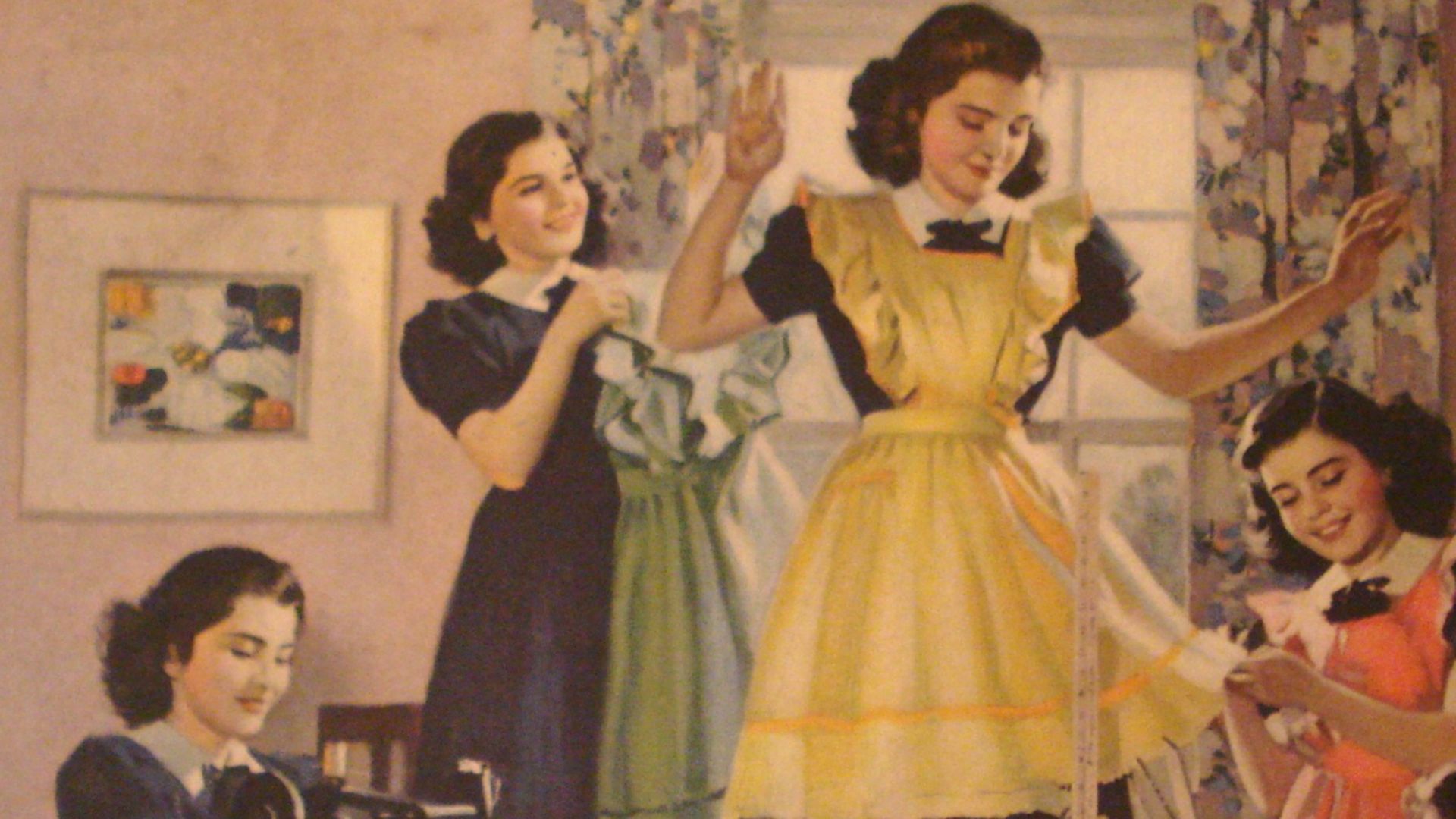 in pastel from Canada, Wikimedia Commons
in pastel from Canada, Wikimedia Commons
Calendars That Don’t Move The Market
Plain generic calendars with no advertising, common subject matter, or unknown illustrators generally fetch minimal value. These kinds of calendars sell in the $10–$25 range, even if they’re decades old.
Insights From Collectors Online
Collectors in Reddit forums and other online venues often note that provenance and maker (stationery firm, prints) matter more than the span of decades on paper. Community forums stress the item’s rarity and documented history over pure age.
Video Illustrations Of High‑Value Examples
A YouTube video shows some old calendars selling for thousands of dollars, and explains how size, condition, subject and brand all combine to add value. The video emphasizes once more that age alone rarely commands top dollar unless other qualities align.
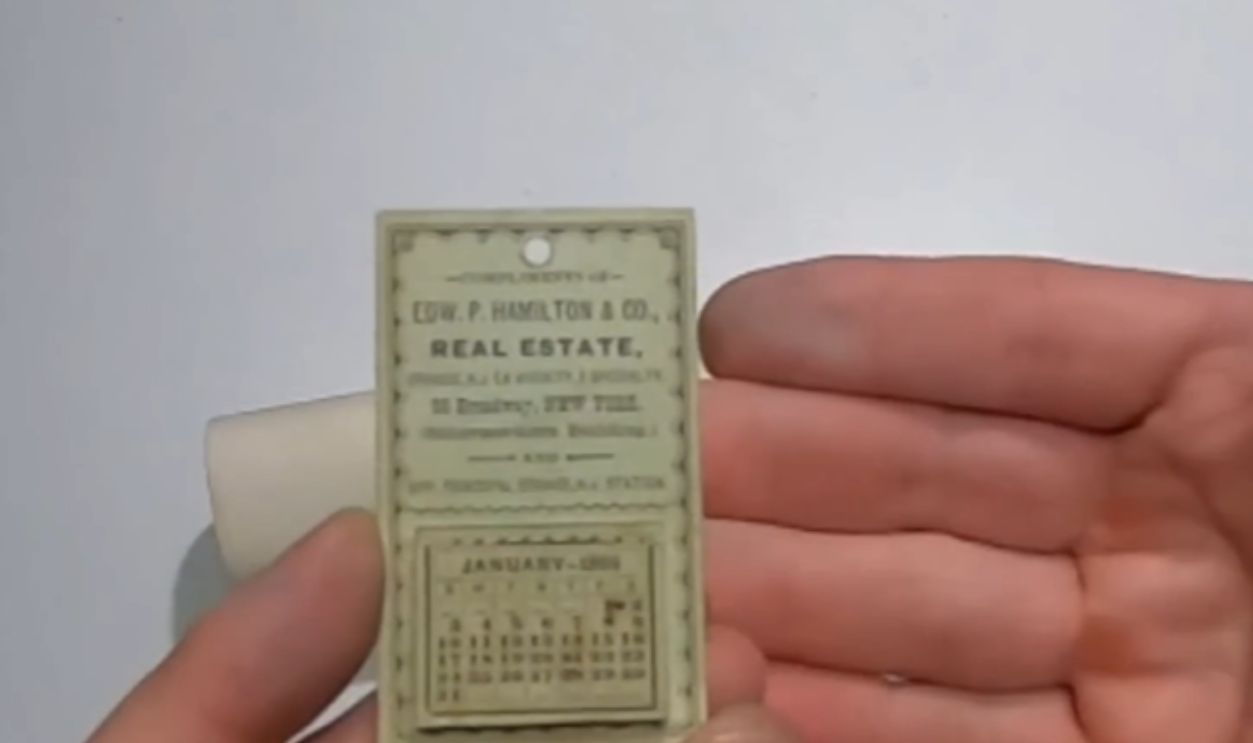 Your Old Calendar Could Be Worth A Lot Of Money, The Auction Professor
Your Old Calendar Could Be Worth A Lot Of Money, The Auction Professor
Appraizely & Price Guides
Appraizely’s antiquarian collectibles guide notes that calendar appraisals hinge mostly on brand, rarity, condition, and illustration quality. They emphasize checking archival sales and paired comparisons, not just online listings with no frame of reference.
WorthPoint’s Calendar Dictionary
WorthPoint’s reference to calendars includes advertising plates and calendar‑related ceramics, showing the breadth of items linked to calendrical memorabilia. This illustrates that calendars often tie directly into other categories of collectibles.
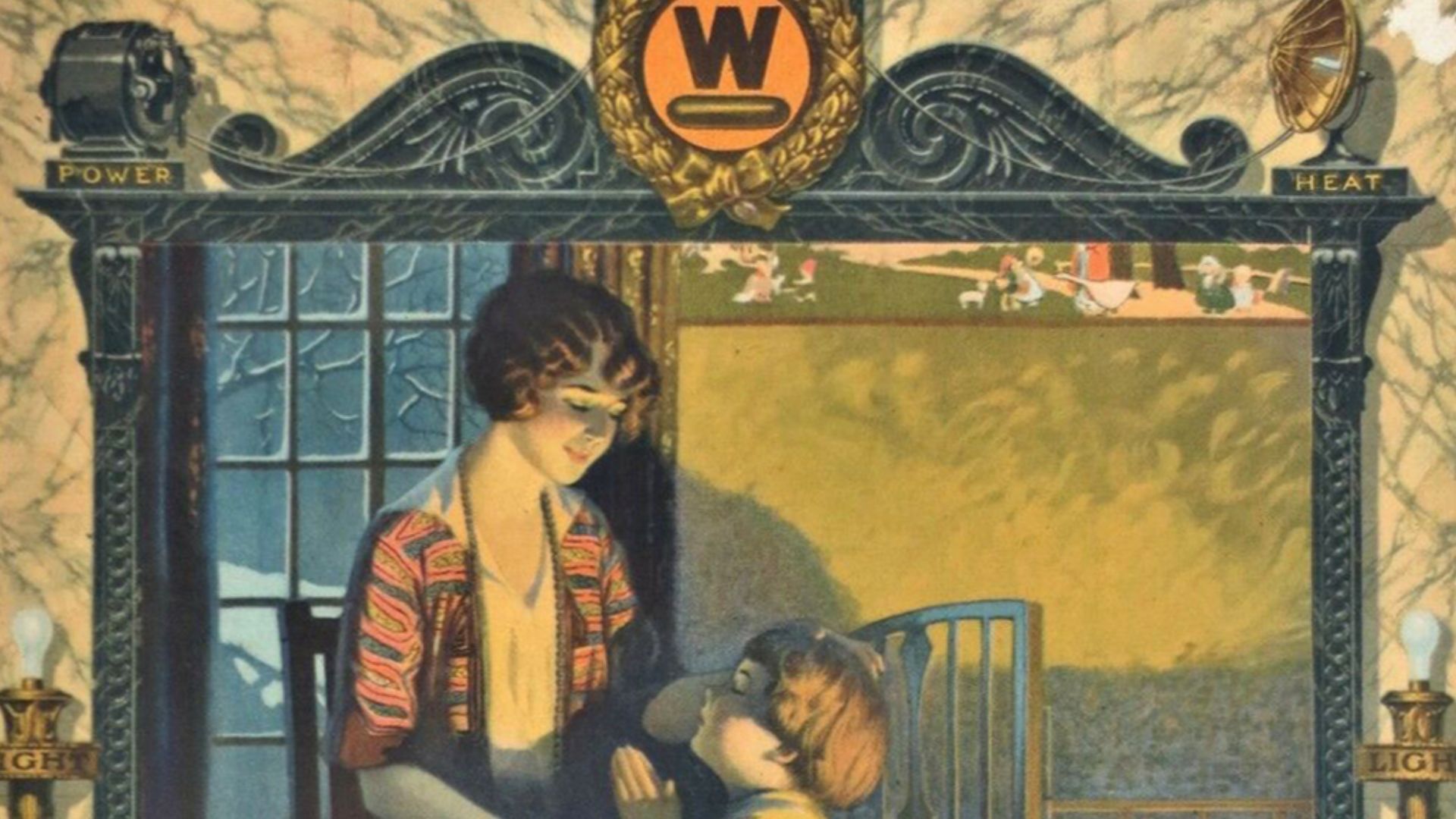 Edward Mason Eggleston (1882-1941), Wikimedia Commons
Edward Mason Eggleston (1882-1941), Wikimedia Commons
How To Store Vintage Calendars
Store your vintage calendars flat, in acid‑free sleeves, in a cool, dark, dry environment, with minimal handling. Avoid rolling the calendar up, folding it, or allowing it to be exposed to sunlight; use buffered archival materials and interleaving sheets.
 Samuel Zeller samuelzeller, Wikimedia Commons
Samuel Zeller samuelzeller, Wikimedia Commons
Mounting Versus Loose Storage
Don’t glue the calendar or mount it directly, as that can damage the aging paper. Use corners or archival mounts if you really want to display the calendar. When frame‑mounting, ensure you use UV‑filtered glass and acid‑free backing.
When Is The Right Time To Sell?
Sell when demand is high. Yes, this is an obvious answer, but you can maximize interest by displaying the calendar during themed auctions or advertising ephemera events. Watch for market peaks in nostalgia trends (e.g. centennials, anniversaries).
Auction Houses Vs Online Sales
High value or rare calendars often bring better prices under specialist auction houses. More common items may sell better via online marketplaces or collectible fairs.
 Portable Antiquities Scheme from London, England, Wikimedia Commons
Portable Antiquities Scheme from London, England, Wikimedia Commons
Document Provenance & History
Whenever possible, record the item’s acquisition history, original owners, and exhibition background. A documented lineage of who owned it, where it was shown, etc., can boost buyer confidence. This is a principle that goes across all vintage items.
Marketing To Niche Collectors
Target collectors of advertising, ephemera, illustration art, or brand memorabilia above and beyond the general crowd of antique buyers. Join forums, ephemera fairs, and collector societies to network your vintage calendars to likely buyers.
Appraisals & Expert Opinions
Get opinions from ephemera or graphic art specialists, not general antique dealers. Some specialist groups, like the Calendar Collectors Society, publish price guides and are happy to provide further insights into everything we’ve been discussing.
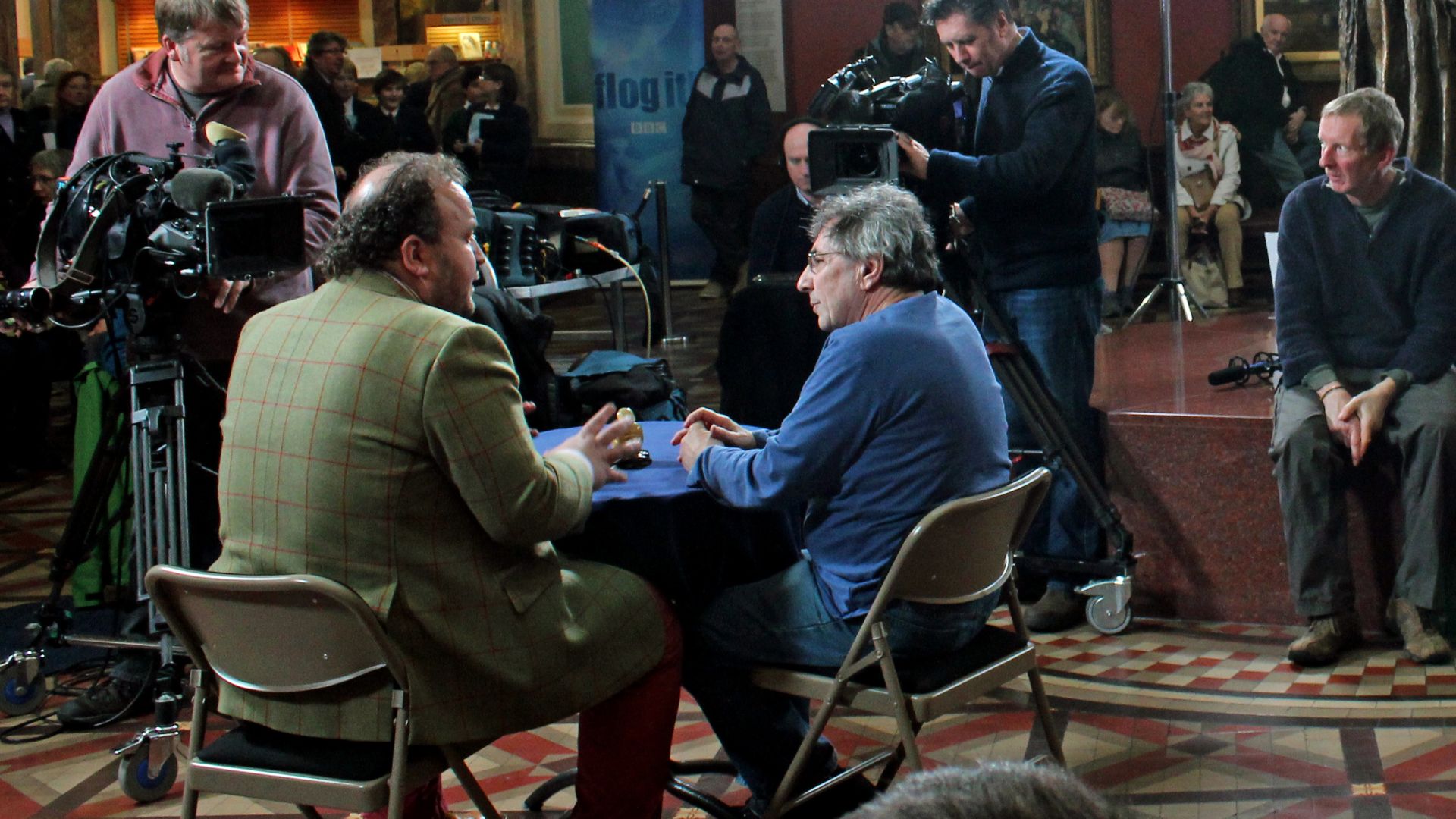 Mike Cox (kestrel49), Flickr, Wikimedia Commons
Mike Cox (kestrel49), Flickr, Wikimedia Commons
Regional & Thematic Interest
Calendars tied to specific regions, events or industries may be a lure to local collectors who are willing to pay more. Thematic sets (e.g. railroad, marine, automotive) often appeal to collectors in those niches.
Risks & Caveats In Valuation
Be wary of modern reprints, facsimiles, or “aged” replicas. Just because a catalog calls something “vintage” doesn’t mean it has value. Always verify the authenticity of any item you’re contemplating acquiring.
Long‑Term Trends & Nostalgia
As the generations age, nostalgia interest can drive demand for childhood or mid-century calendars. But fashions are always shifting; whatever is valuable now may be less so later if other newer collecting fads emerge.
Closing Thoughts On Calendar Collectibles
Vintage calendars sit at the intersection of art, branding, paper ephemera, and nostalgia. If you have a calendar in your attic, take a close look at its brand, artist, condition, era, and uniqueness. It might quietly be more valuable than you ever imagined!
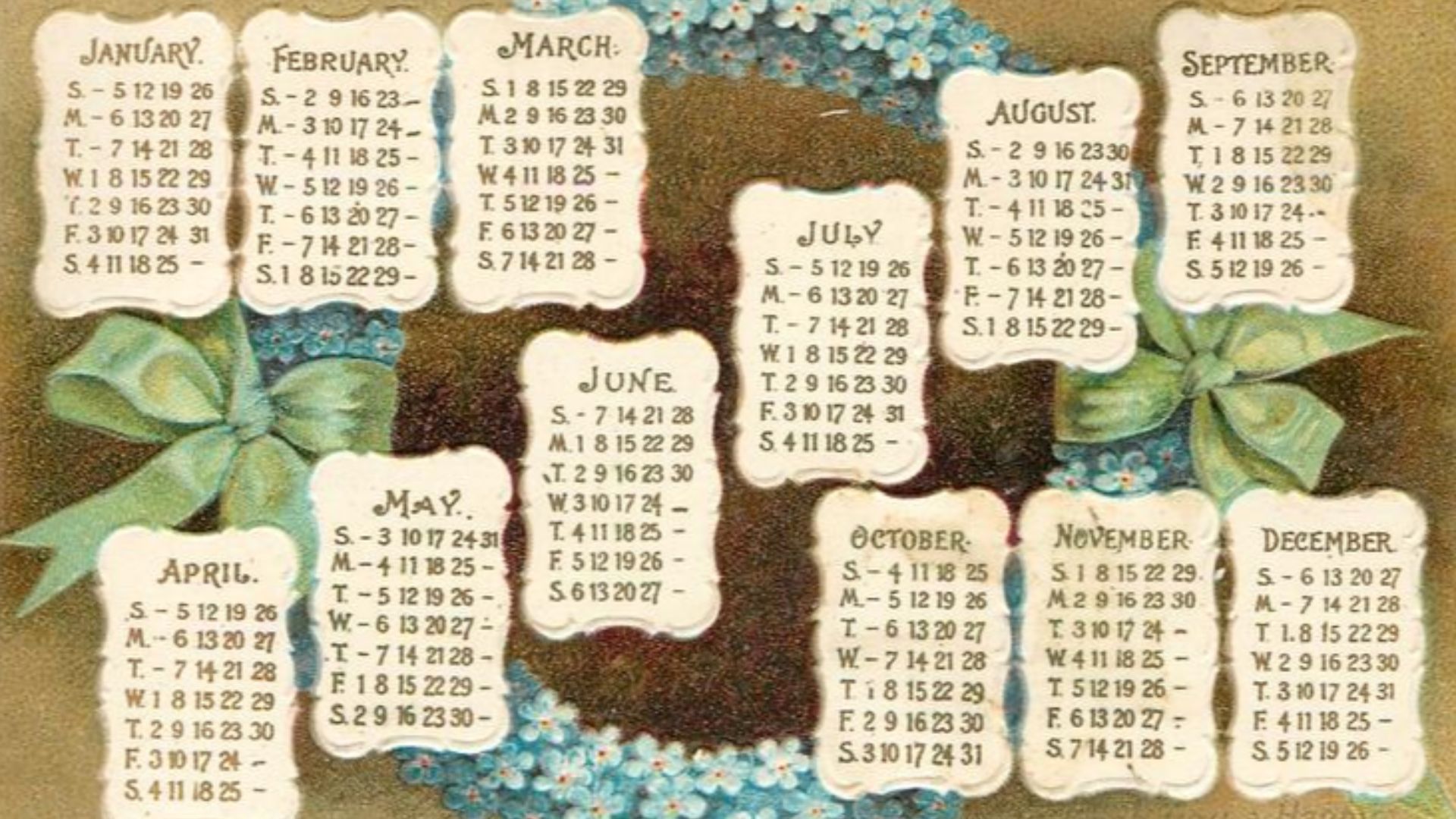 en:Raphael Tuck & Sons, Wikimedia Commons
en:Raphael Tuck & Sons, Wikimedia Commons
You May Also Like:
These Old Dining Sets Are So Valuable, You'll Never Put Your Elbows On The Table Again
Old Yearbooks Of The Rich & Famous That Could Make You Rich

